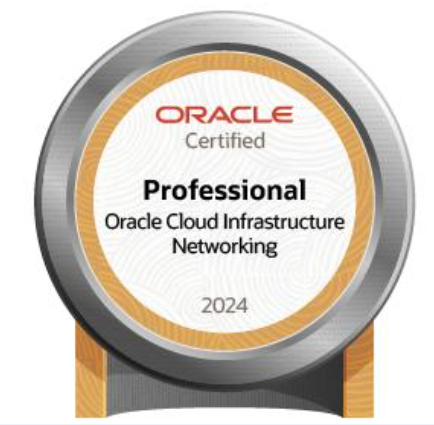
The newest certification from Oracle Cloud Infrastructure is the OCI 2024 Certified Networking Professional. It is still in beta mode and will be with this status until 15 October 2023; returning as a Generally Available certification early in December of this year. If you are interested in taking this certification, visit the Oracle University learning path for it.
Oracle Cloud Infrastructure 2024 Certified Networking Professional certification is for Cloud professionals that have at least two years of general experience with OCI, or other IaaS cloud providers and are already familiar with general Networking concepts. An Oracle Cloud Infrastructure 2024 Certified Networking Professional has demonstrated the hands-on experience and knowledge required to plan, design, implement, and operate networking solutions on OCI. The abilities validated by this certification include:
• Plan and Design OCI Networking and Connectivity Solutions
• Design for Hybrid and Multicloud Networking Architectures
• Implement, and Operate Secure OCI Networking and Connectivity Solutions
• Migrate workloads to OCI
• Troubleshoot OCI Networking and Connectivity issues.
Happy testing!




